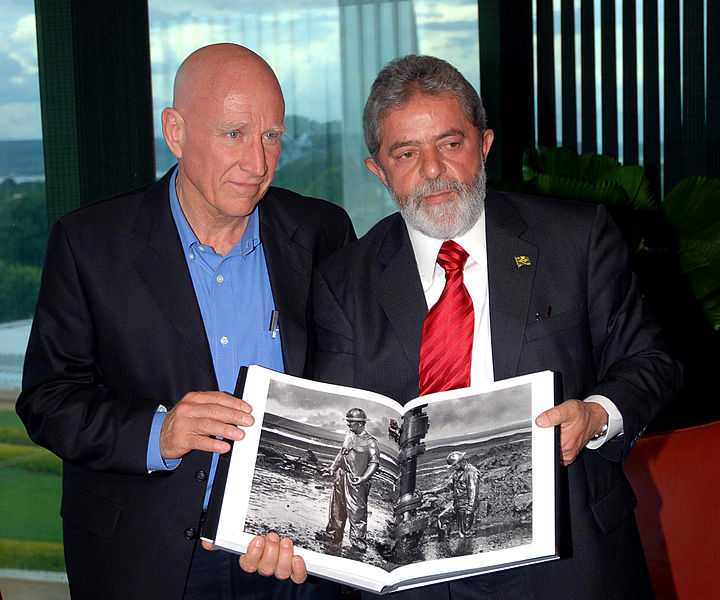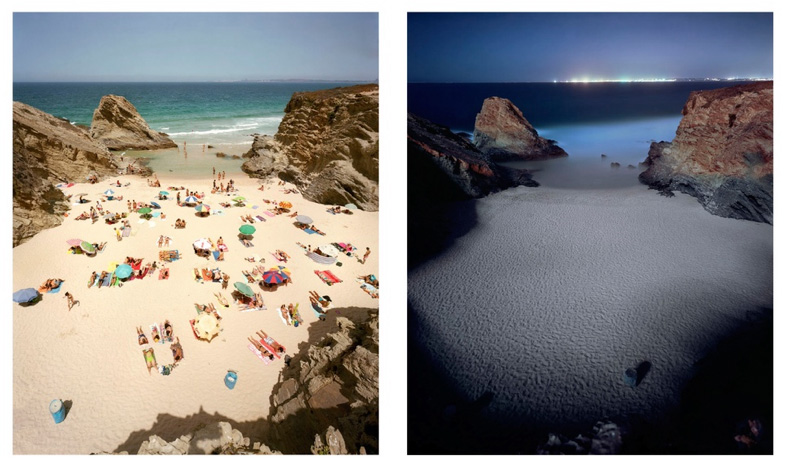Written by Kevin Purcell
An interesting free offer that TOP readers might like to try:
Sony and DxO together are offering Film Pack 3 Essential for free download for Mac or Windows. It previously cost $79. It runs as a standalone application or a plug-in for Aperture, Lightroom, or Photoshop. It's a Nik Silver Efex Pro and Color Efex Pro competitor and does a similar job. The offer is good until October 31st.
It's not upgradable to later versions. Current version is DxO Film Pack 4, so the web page for the current version doesn't say much about the old version, and the Film Pack UI has changed too.
You give them your email address to get the activation code (you can turn down email solicitation and still download the software). The email you get contains the activation code and links the download for the software (should you need to redownload it or get both versions). For the Mac it's a 166MB download.
Visit this URL to download Film Pack 3
The PDF manual for DxO Film Pack 3 is on their support website. (Take care not to download the manual for Film Pack 4.)
It lists the supported film simulations. It looks (to me) like most of the major films from Fuji, Kodak, Polaroid, and Ilford are there.
See the text file "Download DxO Film Pack 3 Essential films" for a full list of supported film simulations extracted from the PDF.
 Luis Inácio Lula da Silva (right), president of Brazil in 2006, receives the book Trabalhadores ("workers") as a gift from the photographer Sebastião Salgado. Photo by Wilson Dias.
Luis Inácio Lula da Silva (right), president of Brazil in 2006, receives the book Trabalhadores ("workers") as a gift from the photographer Sebastião Salgado. Photo by Wilson Dias.
You might notice that one of the endorsements for DXO Film Pack on the current Film Pack page on the DxO website is from Sebastião Salgado. From a variety of interviews and public comments, and forum threads*, here's a reconstructed summary of Sebastião's digital > film negative > darkroom print workflow:
1. Shoot with a digital camera
2. RAW demosaic (+ exposure correction, I suspect)
3. Process with DxO Film Pack for Kodak TriX 400 or TMax 3200 film simulation.
4. Print that image to a 35mm technical film internegative (so you have a real negative whose image simulates his favorite old films without adding grain).
5. Print the internegative to silver halide paper in Parisian darkroom using his regular printer** (with dodging and burning for the Salgado look).
This workflow lets him shoot digital images that look identical to his film images and result in a silver halide archival print and an archival negative (that can be printed from in the future).
I think many photographers today have no idea about darkroom printing annotation and pro printers (see for example "Magnum and the Dying Art of Darkroom Printing" on The Literate Lens). They can add enormous value to a print.
Salgado gets the best of both worlds. He (or his assistant) doesn't have to carry 50 lbs. of film to remote locations (and through many Third World X-ray scanners) but he ends up with a negative and print as he did with film.
I don't know if any other photographers have taken this route. I'd be curious to find out. I know that Daido Moriyama (well, his assistant) uses Nik Silver Efex Pro to get his film look with the image from the compacts he shoots with, but he doesn't bother with an internegative (as far as I know).
Kevin
*Citations:
[**Regular TOP readers know who that is. —Ed.]
©2013 by Kevin Purcell, all rights reserved
Links in this post may be to our affiliates; sales through affiliate links may benefit this site.
TOP's links!
(To see all the comments, click on the "Comments" link below.)
Featured Comments from:
Jack Nelson (partial comment): "What a great marketing idea. Give the customer a free un-upgradable copy and on the download page include a link to a discounted new version. I'll bet they get a few people who would not otherwise use their product to try it out (like me) and of those I'll bet they get a few that like it and buy the discounted version 4."
Jim Bullard: "I've played with DxO as a trial program and even did a review on my blog that compared it with other B&W conversion packages. In the end I went with Nik Silver Efex Pro because my object was to produce the best conversion for my intent, not to make it look as if it had been shot on film. The Nik software can add film grain and rendition but that's not its primary intent nor is it mine."
 And by the way, may I just say I love this Christian Chaize project.
And by the way, may I just say I love this Christian Chaize project.


